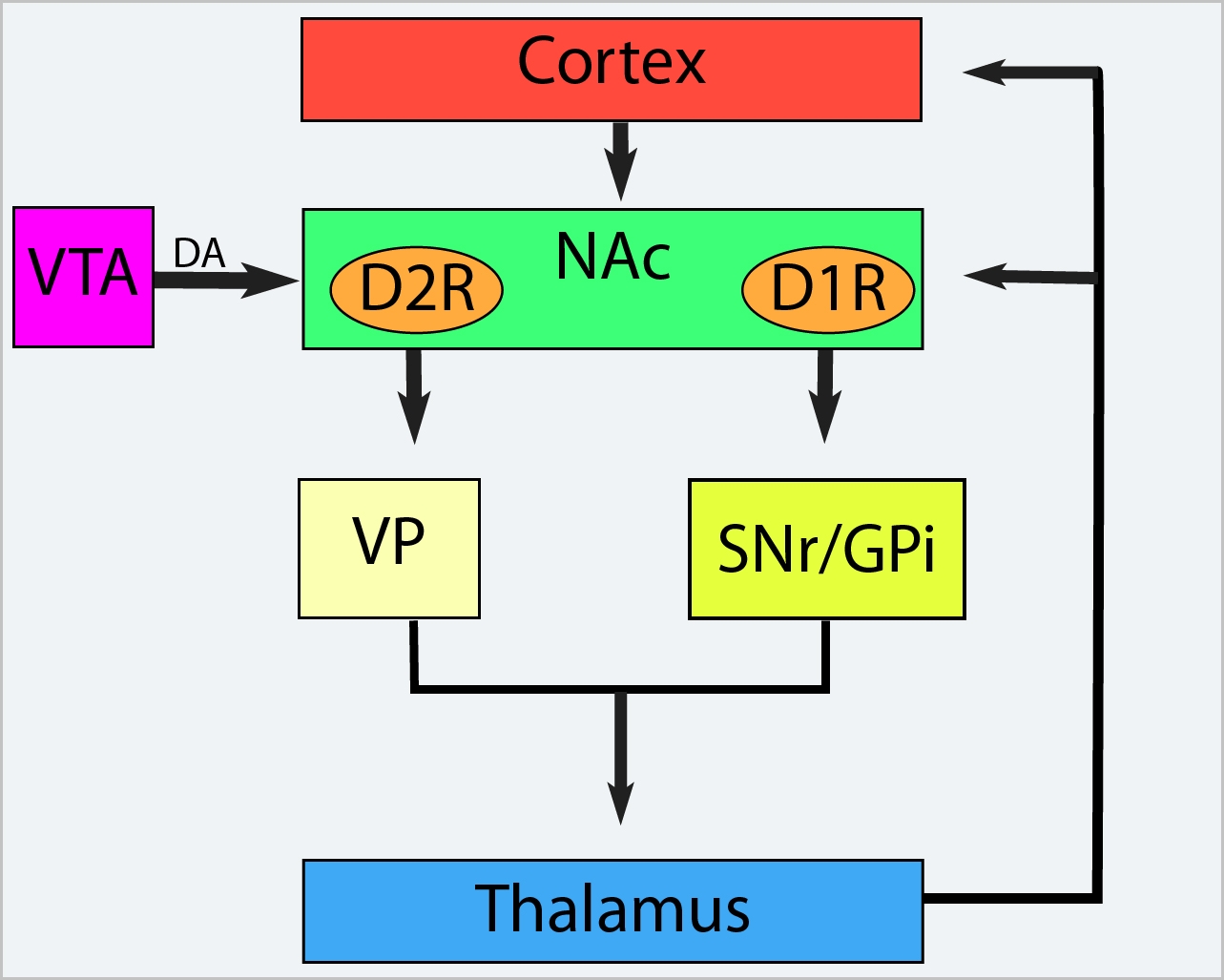Citation Spotlight: RhoA-mediated morphological and functional plasticity in nucleus accumbens neurons
- By Cytoskeleton Inc. - Small G-Protein News
- Aug 19, 2019

Francis et al. evaluated the ability of the small-molecule, selective RhoA inhibitor rhosin to regulate morphological and functional plasticity in dopamine 1 receptor (D1R)-expressing (D1R+) medium spiny neurons (MSNs) in the nucleus accumbens (NAc). NAc efferent neurons experience altered synaptic activity and dendritic morphology that correlate with depression-like behavior in animal models of depression and mood disorders. One such model is chronic social defeat stress which causes depression-like behavior accompanied by increased RhoA activation and a reduction in dendritic arborization of D1R+ MSNs of the NAc. Here, the authors found that the changes in dendritic morphology and RhoA activity coincided with hyperexcitability in D1R+ NAc neurons which also had reduced excitatory stimulation. Rhosin reversed stress-induced behavioral and synaptic activity deficits and enhanced the density of dendritic spines (sites of excitatory neurotransmission), thereby conferring resistance to stress-induced deficiencies in neuronal function. Cytoskeleton’s RhoA G-LISA activation assay kit (Cat. # BK124) was essential in these experiments as the kit was used to measure RhoA activation in NAc neurons of control and rhosin-treated mice. These novel data provide support for the treatment of stress-induced depression and mood disorders through modulation of Rho GTPase-mediated signaling cascades.
Products used in this citation:
RhoA G-LISA Activation Assay Kit (Colorimetric format) 96 assays

